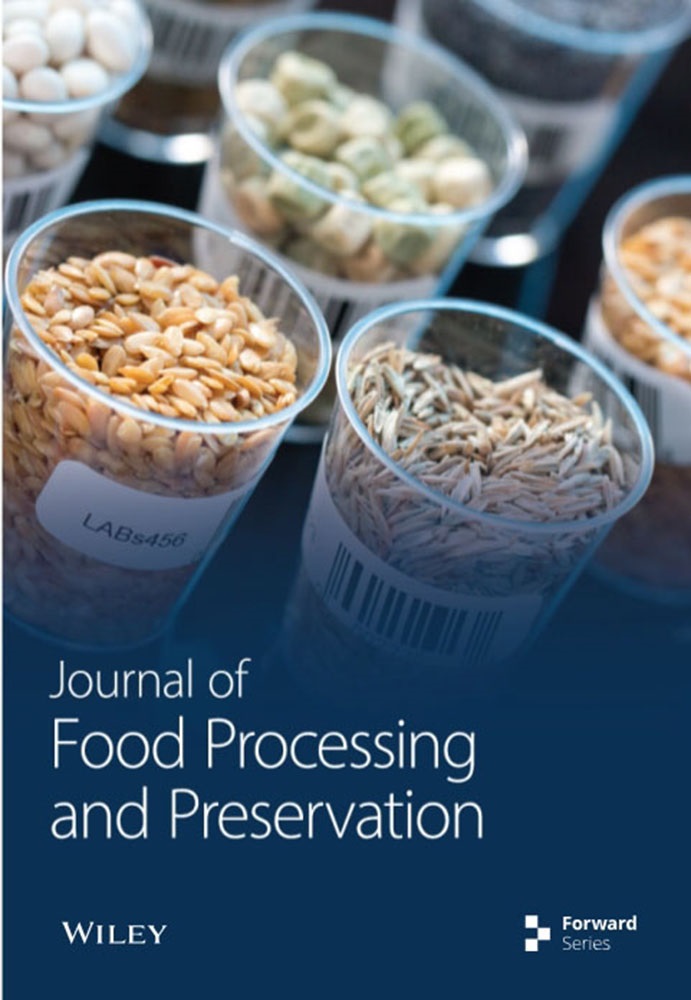Phenolic compounds and antioxidant activity of experimental and industrial table grape juices
Abstract
Phenolic compounds are the third most abundant constituents in grapes and derivatives and are known to contribute to human health due to their antioxidant and anti-mutagenic effects and their ability to prevent pathologies such as cancer and cardiovascular diseases. Grapes and derivatives are among the most important sources of phenolics. The purpose of the present work was the evaluation of these compounds in experimental and industrial grape juices. Additional physico-chemical indices were also evaluated in order to complete the juices characterization. The experimental juices were separately produced from Italia and Red Globe table grapes cultivars by centrifugation and crushing. Three types of industrial grape juices (Italia cv.) were considered: A juice with medium sugar content; a juice with high sugar content; a strongly sulphited juice. Analyses were performed on the starting grapes and on the unpasteurized juices. The results showed a noticeable loss of phenolics during extraction although crushing was more efficient than centrifugation. In fact, the juices obtained by crushing showed higher phenolic contents than the juices obtained by centrifugation (16%–19% more total phenolics, 16%–31% more flavonoids, 7%–11% more flavanols reactive with vanillin, 100% more proanthocyanidins). Strong correlations among total phenolics and antioxidant activity of grapes and flavanols reactive with vanillin and antioxidant activity of juices were observed. The extraction methods significantly affected physico-chemical characteristics and antioxidant contents of the resulting juices since centrifugation mainly acted on pulps, while trituration involved the whole grape berries.
Practical applications
The paper was a preliminary research aimed to investigate, on a laboratory scale, the effects of the extraction methods on the quality features of grape juice. Nevertheless, it was intended to meet the requirements of juice producers interested in a successive scale up to pilot plants that could be also used for artisanal production. The paper can be considered as a guideline for small producers of natural functional juices. It demonstrated that it is not sufficient to choose the raw materials with the highest contents of nutraceuticals and that is important to analyze how the various available extraction systems act, in particular, if the starting material is a multi-component food as grape. Since the phenolic concentrations of the juices were lower than those of the corresponding grapes, it is reasonable to suppose that a part of the phenolic compounds was lost during the extraction step but also that most of the phenolics remained in the pomace. Although the by-products remaining after juice extraction were not analyzed, the paper suggested to think them not as wastes but as an economical source of nutraceuticals.

 求助内容:
求助内容: 应助结果提醒方式:
应助结果提醒方式:


